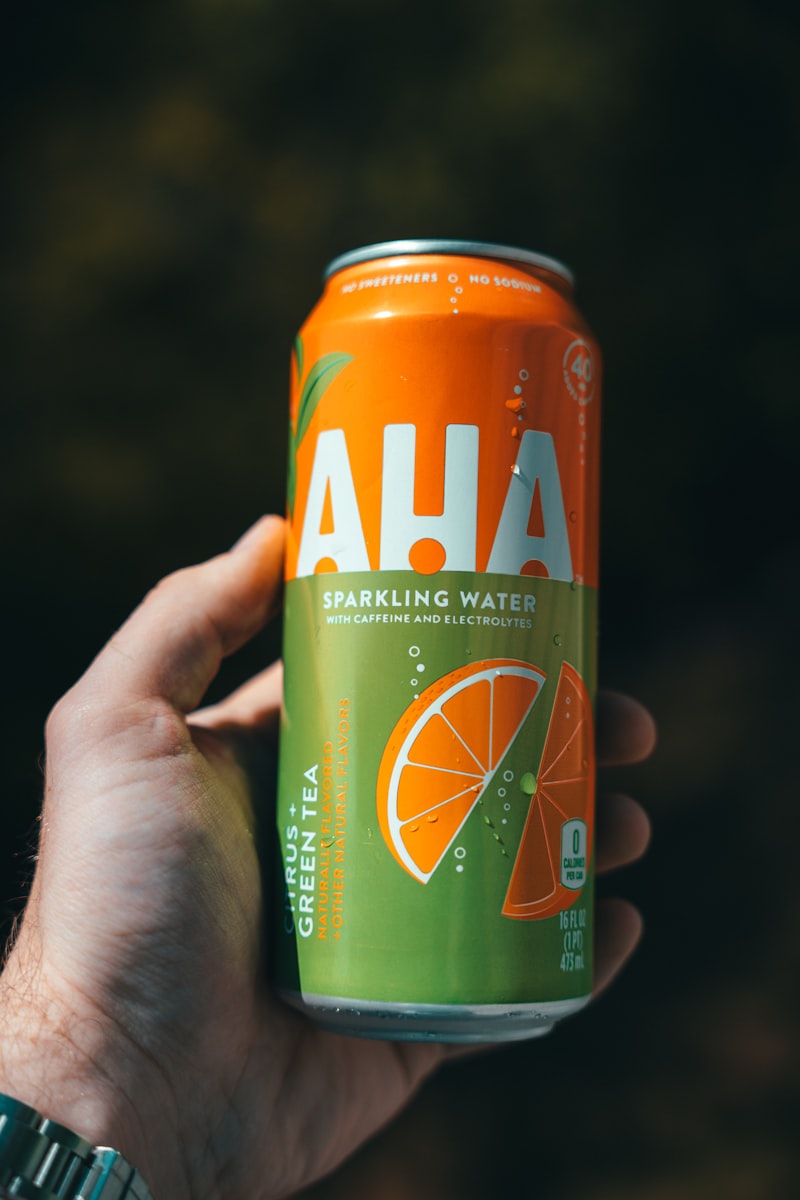You just signed up for a new SaaS product that promises to revolutionize your workflow. You're excited to dive in and get started, but as you begin to explore the platform, you're quickly overwhelmed by the sheer number of features and options available to you. You start to wonder if this was a mistake, and before long, you're considering canceling your subscription altogether.
This scenario is all too common in the world of SaaS, where complex, feature-rich products can be both a blessing and a curse. On the one hand, these tools have the potential to transform the way we work, making us more efficient, productive, and effective. On the other hand, if the onboarding process is poorly executed, users may never experience the product's full value, leading to frustration, churn, and lost revenue.
| Behavior | Before Aha Moment | After Aha Moment |
|---|---|---|
| Frequency of Use | Low frequency or not using the product | High frequency and continued use of product |
| Engagement | Passive engagement or lack of engagement | Active engagement and exploration |
| Retention | High churn rate and low retention rate | Low churn rate and high retention rate |
| Referral and Promotion | No referrals or promotion | High likelihood of referrals and promotion |
| Purchase and Upgrades | Reluctance to purchase or upgrade | Willingness to purchase or upgrade |
User Behavior Before and After the Aha Moment
Why the Aha Moment Matters
The Aha moment is the most critical part of the user journey. It's the moment when a user realizes that your product is valuable, and it's worth their time and money. It's when they become invested in your service and are more likely to become loyal customers. In fact, studies show that users who experience the Aha moment are more likely to convert to paying customers and have a higher lifetime value than those who don't.
The Importance of Onboarding
Onboarding is the process of getting users acquainted with your product and its features. It's the first impression your service makes on users, and it sets the tone for their entire user journey. A well-designed onboarding process can increase user retention, engagement, and satisfaction. It can also help users reach the Aha moment faster, which is crucial for achieving long-term success.
How to Help Users Reach the Aha Moment:
Provide a Simple and Intuitive Onboarding Process:
The first step to helping users reach their "aha" moment is to provide a simple and intuitive onboarding process. This process should be designed to help users get up and running as quickly as possible, with as little friction as possible. This could include:
Personalize the User Experience:
| Best Practice | Description |
|---|---|
| Data analytics | Using data analytics to understand how users are interacting with your product and make informed decisions about how to improve the user experience |
| Personalized recommendations | Offering personalized recommendations based on users' past behavior or interests |
| Personalized customer support | Providing personalized customer support that addresses users' specific questions and concerns |
Personalization Best Practices
Once users have signed up for your product, you should focus on personalizing their experience. This means tailoring the experience to their specific needs, preferences, and pain points. Here are some ways to do this:
Optimize the User Interface:
The user interface (UI) is a critical component of the user experience. A well-designed UI can make it easy for users to understand how to use your product, while a poorly designed UI can be a major source of frustration. Here are some ways to optimize your UI:
Measure and Analyze the Aha Moment:
| Tool | Description |
|---|---|
| Analytics Platforms | Tools like Google Analytics or Mixpanel can help track user behavior and identify patterns leading to Aha Moment |
| User Feedback Surveys | Surveys like Net Promoter Score (NPS) or Customer Satisfaction (CSAT) can provide insights into user experience |
| Heatmaps and Session Recordings | Tools like Hotjar or Fullstory can help visualize user behavior and identify points of friction |
| A/B Testing Tools | Tools like Optimizely or VWO can be used to test and optimize different onboarding experiences |
| Customer Journey Mapping | Mapping out the customer journey can help identify points of opportunity for improving the Aha moment |
Tools to Measure the Aha Moment
Finally, it's important to measure and analyze the "aha" moment itself. This will help you understand what's working and what's not, and identify areas where you can improve the user experience. Here are some things to measure:
SaaS Examples of the Aha Moment:
Here are some examples of how SaaS products have helped users reach their "aha" moments:
- Dropbox: Dropbox's "aha" moment comes when users realize that they could so easily and securely share files with others without having to use email or USB drives.
- Slack: Slack's "aha" moment comes when users realize that they could use the platform to communicate with team members in real-time, making it easier to collaborate and stay organized.
- Grammarly: Grammarly's "aha" moment comes when users realize that the platform could help them catch spelling and grammar errors in their writing, improving the quality of their work and saving them time.
Achieving the Aha moment is the key to long-term success for SaaS companies. By optimizing your onboarding process, you can help users reach that moment faster and more smoothly.
Keep it simple, personalize the experience, provide instructional content, offer free training, gamify the experience, and measure success.

